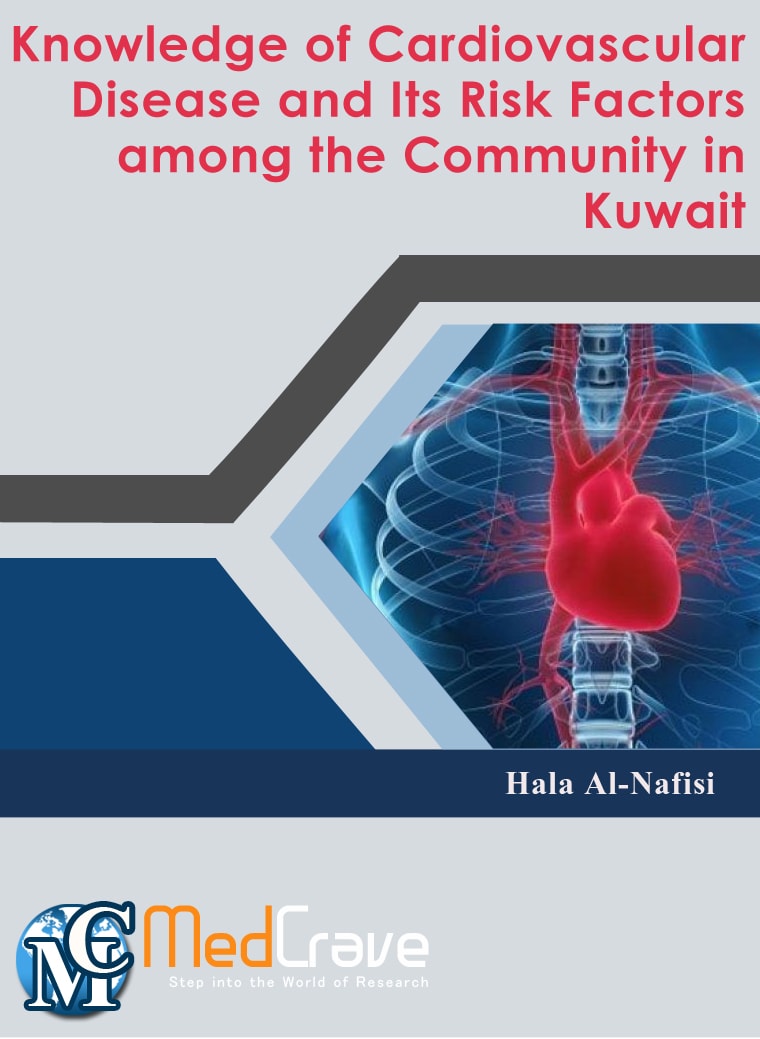eBooks View all | By AtoZ | By category
Knowledge of Cardiovascular Disease and Its Risk Factors among the Community in Kuwait
By Hala Al-Nafisi
Department of Pharmacy Practice, Faculty of Pharmacy, Kuwait University, Kuwait
Published: Jun 21, 2017 | pg. no: 30
Abstract: 1.1 Objective: To determine the current level of knowledge and its risk factors in the general public in Kuwait. 1.2 Methods: Six hundred and thirty individual were randomly approached from the six governorates, 600 individual agreed to participate in the study. The data in this study was collected by a random survey. All expatriates, Kuwaiti people of an age < 21 years or > 80 years, medical doctors, dentists, pharmacists, nurses, medical students, dental students and pharmacy students were excluded from the study. 1.3 Results: The study showed a limited knowledge about cardiovascular disease types since about than quarter of the sample did not know most of CVD types. A low knowledge in this study was regarding symptoms of heart attack; the most known symptom was chest pain that was known to half of the sample followed by shortness of breath (47.2%) then pain in the arm and shoulder (40.7%). Symptoms of stroke were not well known, the most known symptom was confusion and problems in speaking and understanding others (35%), followed by numbness and weakness of the face, arm, or leg in one side of the body. However, it showed a moderate to good knowledge about cardiovascular risk factors and the preventative measures. A better knowledge about cardiovascular disease in general was found in people who have a healthy diet or have positive family history of cardiovascular disease. Participants indicated that the pharmacist role is mainly helping patients in managing their medications, and they did not recognize the role of pharmacist in preventing cardiovascular disease by offering advice and some measurements. Public were welling to use some services and get advice from a pharmacist if it was offered in a community pharmacy 1.4 Conclusion: This study indicates that the public need awareness about cardiovascular disease types, symptoms of heart attack and stroke to have a better management of the disease. In addition the pharmacist role must expand to offering public awareness about cardiovascular disease and its risk factors.
View eBook
